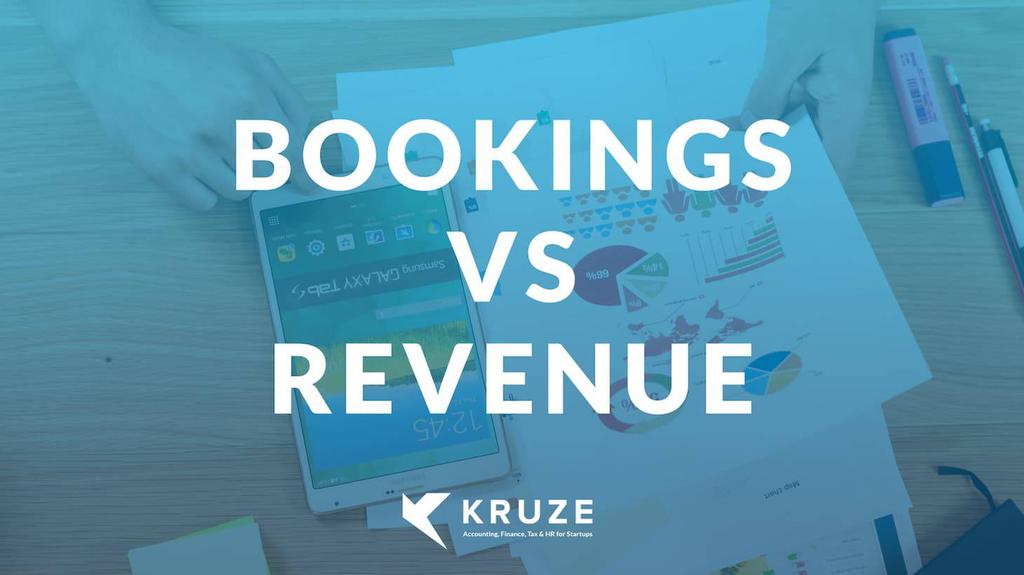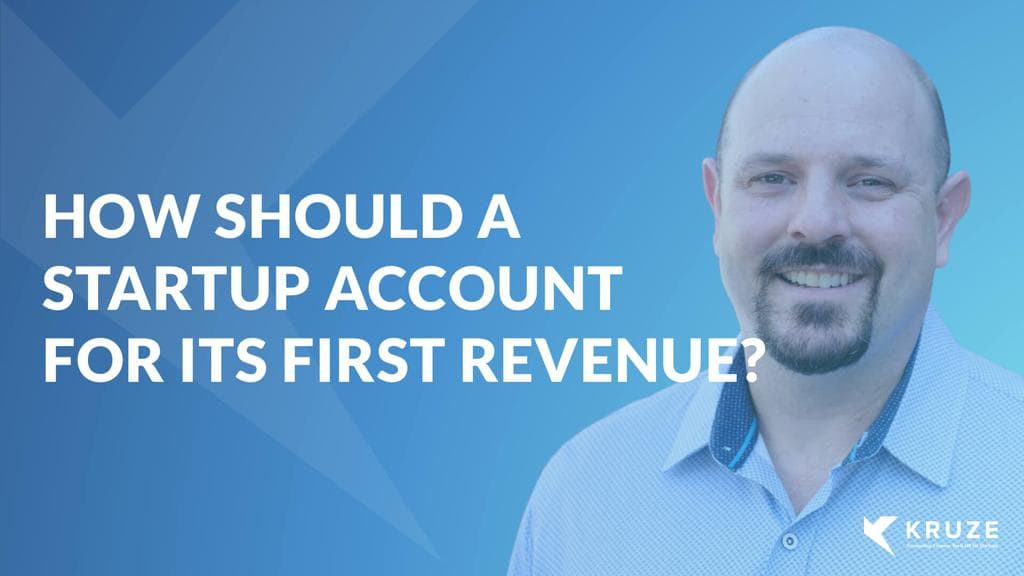
Refunding customers is a necessary part of doing business for almost every startup and early-stage company, especially for ecommerce or direct-to-consumer startups. A new product may not perform exactly right every time, customers may make purchases that they later regret, etc. Refunds, however, create some unique accounting circumstances to accurately record the transaction and manage your cash flow. Startups, especially ones that anticipate raising venture capital funding, need to get refund accounting right so that they paint an accurate picture of the business’ performance.
The Financial Accounting Standards Board (FASB) has outlined how to account for refunds under the Generally Accepted Accounting Principles (GAAP). How a purchase was made, how a customer receives a refund, and other factors all affect the way a return is recorded in the books. These accounting practices also affect a business’s key financial metrics—and its overall financial health.
Refund accounting in a double-entry bookkeeping system
Accounting and bookkeeping for refunds is all about balancing the books. Following double entry bookkeeping, that means debiting (adding to) and crediting (subtracting from) the appropriate accounts, depending on how the initial sale was recorded. For refunds, bookkeepers create a contra-revenue “Sales Returns and Allowances” account for a financial period.
Note: Generally companies will establish a reserve for sales returns and allowances. A reserve is an amount, based on your company’s normal expected returns, set aside from current or retained earnings for expenses or reductions in asset values.
In a typical transaction in which a customer paid with cash, check, or, more likely, electronic transfer, an accountant will record the sale as a debit to the startup’s Cash account and a credit to their Revenue account. In the case of a traditional cash refund, an accountant will debit that Sales Returns and Allowances account (amounting to either a full or partial refund) and credit that same amount to the Cash account.
Booking a refund - an example
Let’s look at an example. You’ve got a brand-new technology that you’ve incorporated into servers, which allows them to run faster. Your price for a server is $5,000, and you’ve sold 20 to a major data center in New York for a total sale of $100,000. It costs you $2,500 to build each server, and the sale was made in New York City, where sales tax is 8.875%. Your customer paid a total of $108,875 ($100,000 for servers + $8,875 in sales tax).
This sales transaction would be booked as follows:
| Date | Account Name | Debit | Credit |
| January 1 | |||
| Cash | 108,875 | ||
| Cost of Goods Sold | 50,000 | ||
| Inventory | 50,000 | ||
| Revenue | 100,000 | ||
| Sales Tax Liability | 8,875 |
Unfortunately, your customer lost a large client and doesn’t need that much server capacity. To preserve the relationship and according to the terms of your refund policy, you’ve chosen to allow the customer to return the servers for a refund. That refund would be booked as follows:
| Date | Account Name | Debit | Credit |
| March 1 | |||
| Sales Returns & Allowances | 100,000 | ||
| Cash | 108,875 | ||
| Inventory | 50,000 | ||
| Cost of Goods Sold | 50,000 | ||
| Sales Tax Liability | 8,875 |
What about partial refunds? Let’s assume that your customer’s client just needs less server space, and your customer decides to return half the servers to you. Note: This example assumes the returned products can be resold at full price. The journal entry must account for that partial refund as well as that return’s impact on inventory, cost of goods sold, and its sales tax liability, as shown below:
| Date | Account Name | Debit | Credit |
| March 1 | |||
| Sales Returns & Allowances | 50,000 | ||
| Cash | 54,437.50 | ||
| Inventory | 25,000 | ||
| Cost of Goods Sold | 25,000 | ||
| Sales Tax Liability | 4,437.50 |
If you hold a promotional sale or allow a customer to have adiscount, your accountant will create a separate contra-revenue Sales Discount account to keep track of the value of discounts provided.
Continuing with our example, let’s say the original price of the servers was $5,000, but you offer a 20% discount to customers who order 10 or more, lowering the price to $4,000. Generally, sales tax is calculated based on the discounted price of the items, so this purchase would be recorded as follows:
| Date | Account Name | Debit | Credit |
| January 1 | |||
| Cash | 87,100 | ||
| Sales Discount | 20,000 | ||
| Cost of Goods Sold | 50,000 | ||
| Inventory | 50,000 | ||
| Revenue | 100,000 | ||
| Sales Tax Liability | 7,100 |
Refunds for items purchased at a discount are recorded the same way as a traditional cash return: as a debit to your startup’s Sales Returns and Allowances account and a credit to its Cash account:
| Date | Account Name | Debit | Credit |
| March 1 | |||
| Sales Returns & Allowances | 80,000 | ||
| Cash | 87,100 | ||
| Inventory | 50,000 | ||
| Cost of Goods Sold | 50,000 | ||
| Sales Tax Liability | 7,100 |
How can refunds financially impact your startup?
Refunds impact a variety of metrics and KPIs. Refund optimization can support your startup’s top-line metrics, including Gross Profit and Gross Revenue (also known as Gross Sales). These metrics are important to understanding your business’s ability to generate sales, and are each calculated using the number of units sold in a given financial period.
Accounting best practices see bookkeepers make a record of every sale, whether it was ultimately refunded or not. You and your team need to determine what refund policy you will offer and enforce. For startups just beginning to market their products, offering a flexible refund policy may drive up sales volume because customers may feel more comfortable purchasing a high number of products. It also encourages them to return for future purchases.
Refunds issued for returned products lower your sales tax liability, as well as lowering your Cost of Goods Sold (COGS). COGS has a big impact on Gross Profit, which is Revenue minus COGS. That’s the reason some companies have policies that support refunds only if the items can be returned and resold. Startups will want to think carefully around their refund policy if the returned goods can not be resold.
Use refund data to make better business decisions for your startup
Accounting for your startup’s refunds is important but transactional data doesn’t tell you why you’re refunding money. You need to analyze why your products are being returned and address any issues. You should log all reasons for refunds, and then ask why refunds are occurring:
- Do your marketing or sales teams set the wrong expectations?
- Are there supplier or quality issues?
- Does your product have functional gaps or usability issues?
- Is your training or onboarding inadequate?
- Are there issues with customer support?
Collecting that information helps your management team report on refunds and make appropriate decisions to reduce or eliminate refunds. If you have more questions about how to account for refunds for your startup, please contact us.
















